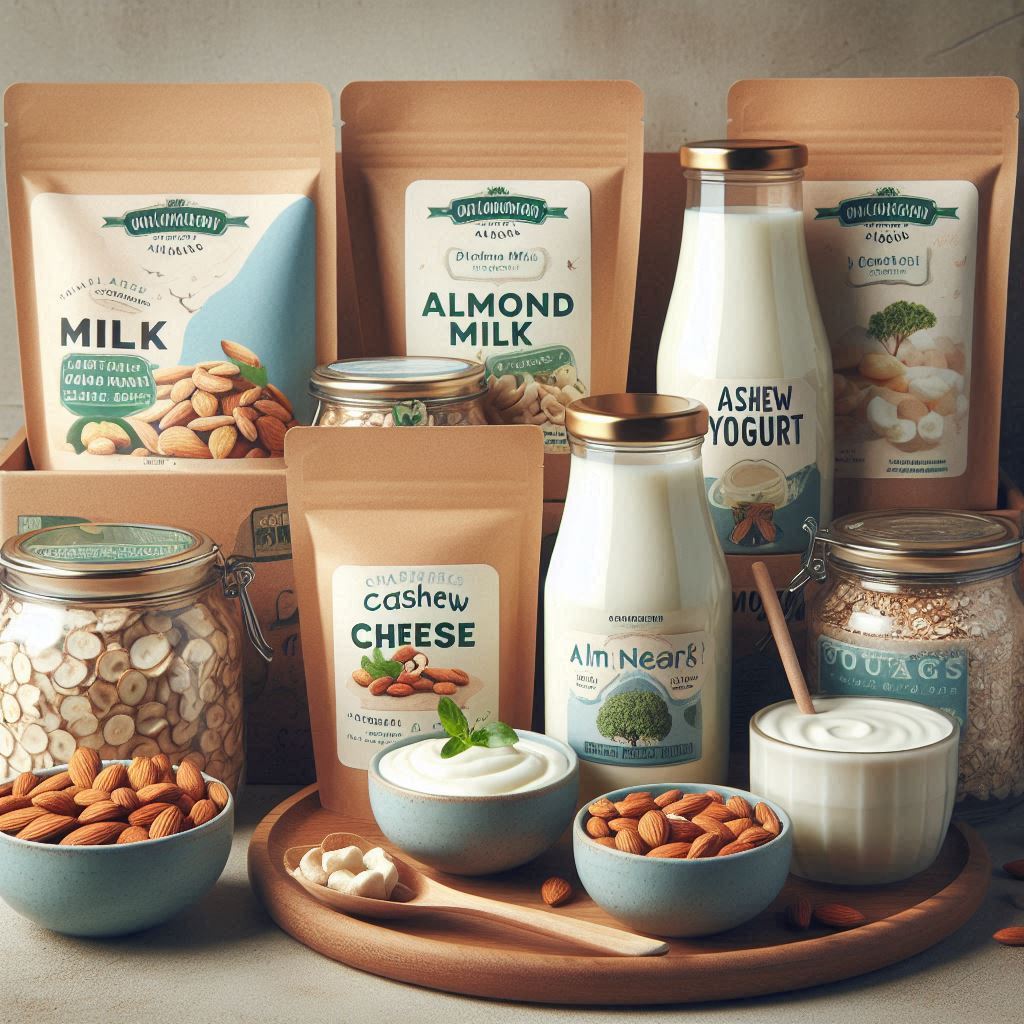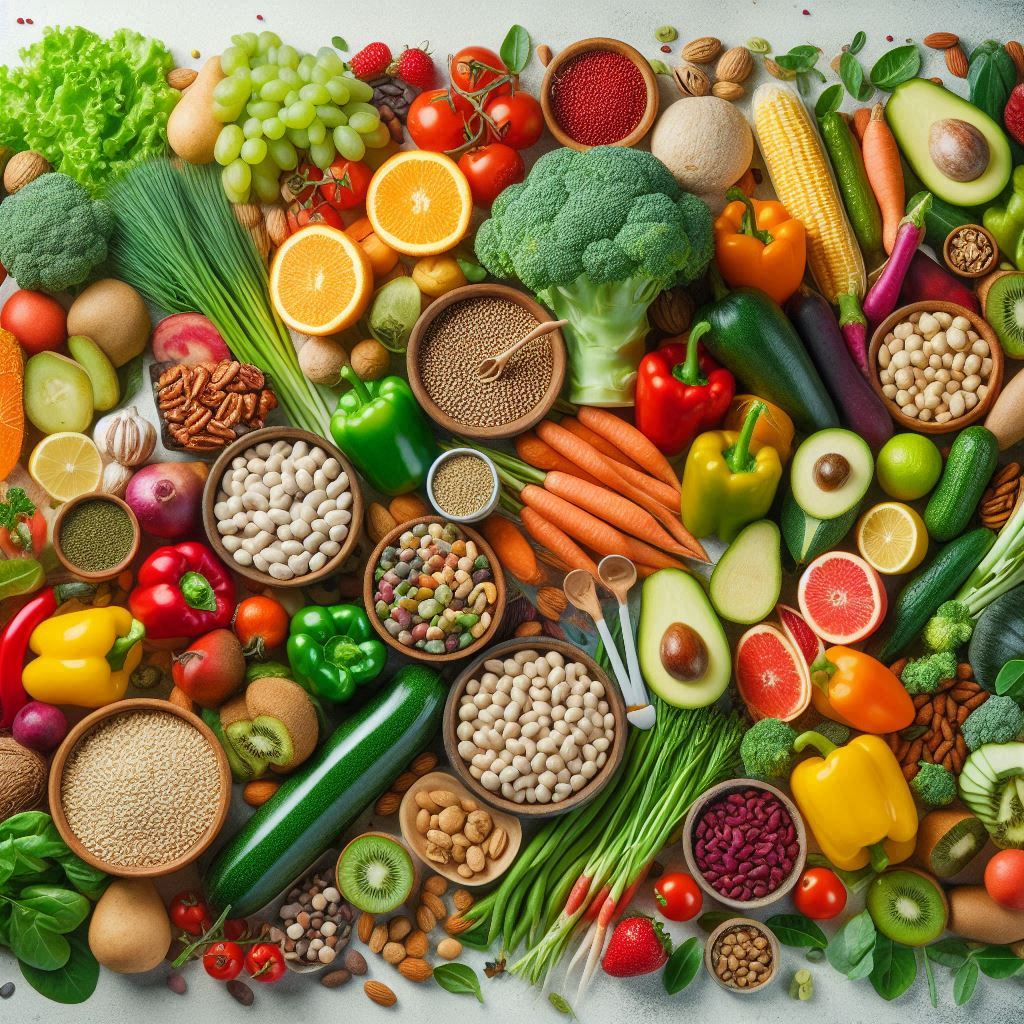The world of food is undergoing a significant transformation. With growing concerns over health, sustainability, and animal welfare, plant-based innovations are carving a substantial niche in the market. This article delves into the rise of plant-based foods, exploring their health benefits, environmental impact, and the exciting innovations making these foods more delicious and accessible than ever. Let’s embark on a journey to understand why plant-based innovations represent a tasty and sustainable future.
Understanding Plant-Based Foods
What Are Plant-Based Foods?
Plant-based foods are derived entirely from plants. This includes not only fruits and vegetables but also nuts, seeds, oils, whole grains, legumes, and beans. Unlike vegetarian or vegan diets, which may exclude certain animal products, a plant-based diet emphasizes consuming whole, unprocessed plant foods.
The Nutritional Benefits of Plant-Based Foods
Plant-based diets are rich in essential nutrients such as vitamins, minerals, fiber, and antioxidants. They tend to be lower in calories and saturated fats, which can help reduce the risk of chronic diseases like heart disease, diabetes, and obesity. Research has shown that plant-based diets can lead to improved health outcomes, including better weight management, reduced inflammation, and a lower incidence of certain cancers (Vegconomist).
The Environmental Impact of Plant-Based Eating

Switching to a plant-based diet can significantly reduce your carbon footprint. The production of plant-based foods generally requires fewer resources, such as water and land, and generates lower greenhouse gas emissions compared to meat production. This shift towards sustainable eating can help mitigate climate change and promote biodiversity (Innova Insights).
The Evolution of Plant-Based Innovations
From Simple Salads to Gourmet Delights
In the past, plant-based eating was often associated with simple salads and raw vegetables. However, the landscape has dramatically changed. Today, plant-based innovations have led to the creation of gourmet delights that can rival traditional meat-based dishes in taste and texture.
Example: Mushroom-Based Steaks

Companies like Meati are pioneering the use of mycelium, a root structure of mushrooms, to create whole-cut steaks that mimic the texture and flavor of traditional beef (Vegconomist).
The Role of Technology in Plant-Based Food Production
Technological advancements are at the heart of plant-based innovations. From AI-driven food development to sophisticated fermentation techniques, technology is enabling the creation of plant-based foods that are not only healthier but also tastier.
Example: AI in Food Development
Startups like NotCo are using artificial intelligence to develop plant-based alternatives that closely mimic the taste and texture of animal products. Their AI, named Giuseppe, analyzes the molecular structure of animal products and finds plant-based ingredients to replicate those characteristics (Vegconomist).
The Rise of Fermented Plant-Based Foods
Fermentation is an ancient technique that’s making a modern comeback. Fermented plant-based foods are rich in probiotics, which are beneficial for gut health. These foods offer unique flavors and textures that can enhance any meal.
Example: Tempeh and Kimchi
Tempeh, a fermented soy product, and kimchi, a fermented vegetable dish, are gaining popularity for their health benefits and versatility in cooking (Vegconomist) (The Kitchn).
Popular Plant-Based Products on the Market
Plant-Based Meat Alternatives
Plant-based meat alternatives are perhaps the most significant innovation in this space. These products aim to replicate the taste, texture, and nutritional profile of meat without using animal products.
Example: Beyond Meat and Impossible Foods
Beyond Meat and Impossible Foods are leaders in this field. Their burgers, sausages, and other meat substitutes have become mainstream, available in grocery stores and restaurants worldwide (Vegconomist).
Plant-Based Dairy Alternatives
Dairy alternatives made from nuts, seeds, and legumes are also on the rise. These products cater to lactose-intolerant individuals and those seeking to reduce their dairy consumption for health or ethical reasons.
Example: Almond Milk and Cashew Cheese

Almond milk and cashew cheese are popular choices among consumers. Brands like Three Trees offer organic almond milk made with just two ingredients: almonds and water (Vegconomist).
Plant-Based Seafood Alternatives
Seafood alternatives are a newer but rapidly growing segment of the plant-based market. These products aim to provide the taste and nutritional benefits of seafood without the environmental and ethical issues associated with fishing.
Example: Good Catch and Save da Sea
Good Catch offers plant-based crab cakes and tuna, made from a blend of legumes to mimic the flaky texture of seafood. Save da Sea produces plant-based smoked salmon made from carrots (Vegconomist).
The Health Benefits of Plant-Based Diets
Weight Management and Metabolic Health
Plant-based diets are often lower in calories and higher in fiber than diets that include animal products. This can lead to better weight management and improved metabolic health. Studies have shown that individuals who follow plant-based diets tend to have lower body mass indexes (BMIs) and reduced risk of metabolic syndrome (Vegconomist).
Heart Health
A diet rich in fruits, vegetables, nuts, and whole grains can lower the risk of heart disease. Plant-based diets are associated with lower levels of cholesterol, blood pressure, and inflammation, all of which are risk factors for heart disease (Vegconomist).
Reduced Cancer Risk
Certain plant-based foods contain compounds that have been shown to have anti-cancer properties. For example, cruciferous vegetables like broccoli and kale contain sulforaphane, which may help prevent cancer cell growth (Vegconomist).
The Environmental Benefits of Plant-Based Diets
Lower Greenhouse Gas Emissions
Animal agriculture is a significant contributor to greenhouse gas emissions. By switching to a plant-based diet, individuals can reduce their carbon footprint and help combat climate change (Innova Insights).
Reduced Water Usage
The production of plant-based foods generally requires less water than the production of animal products. For instance, producing one kilogram of beef requires approximately 15,000 liters of water, while producing the same amount of vegetables requires only about 300 liters (Innova Insights).
Conservation of Land and Biodiversity
Plant-based agriculture uses less land compared to animal farming. This can help preserve natural habitats and protect biodiversity. Reducing the demand for animal products can also prevent deforestation and soil degradation (Innova Insights).
The Future of Plant-Based Innovations
Cultivated Meat and Hybrid Products
While plant-based meat alternatives are gaining popularity, cultivated meat – meat grown from animal cells in a lab – is emerging as another sustainable option. Hybrid products that combine plant-based ingredients with cultivated meat are also being developed to appeal to a broader audience.
Example: Hybrid Meat Products
Companies like JUST Inc. are working on hybrid products that blend plant-based proteins with cultivated meat to create products that are closer in taste and texture to traditional meat (The Food Institute).
Personalized Nutrition
Advances in technology are making it possible to personalize nutrition based on an individual’s genetic makeup and health needs. Personalized plant-based diets can help optimize health outcomes and make plant-based eating more appealing.
Example: DNA-Based Diet Plans
Companies like Nutrigenomix offer DNA-based diet plans that provide personalized recommendations based on an individual’s genetic profile. These plans can help individuals make informed choices about plant-based eating (The Food Institute).
Increased Accessibility and Convenience
One of the challenges of plant-based eating is the perception that it is less convenient. To address this, companies are developing plant-based meal kits, ready-to-eat meals, and snacks that make it easier for consumers to incorporate plant-based foods into their diets.
Example: Plant-Based Meal Kits

Meal kit companies like Purple Carrot offer plant-based meal kits that provide all the ingredients and instructions needed to prepare delicious plant-based meals at home. This convenience can help more people make the switch to plant-based eating (Innova Insights).
Conclusion
The rise of plant-based innovations represents a tasty and sustainable future for food. With advancements in technology, a growing awareness of health and environmental benefits, and an increasing variety of delicious plant-based options, the plant-based movement is here to stay. Whether you’re looking to improve your health, reduce your environmental impact, or simply enjoy new and exciting foods, plant-based eating offers something for everyone.
By embracing plant-based innovations, we can create a future where delicious, healthy, and sustainable food is accessible to all. As we continue to explore and develop new plant-based products, the possibilities are endless. The rise of plant-based foods is not just a trend; it’s a revolution that promises to change the way we eat and live for the better.
